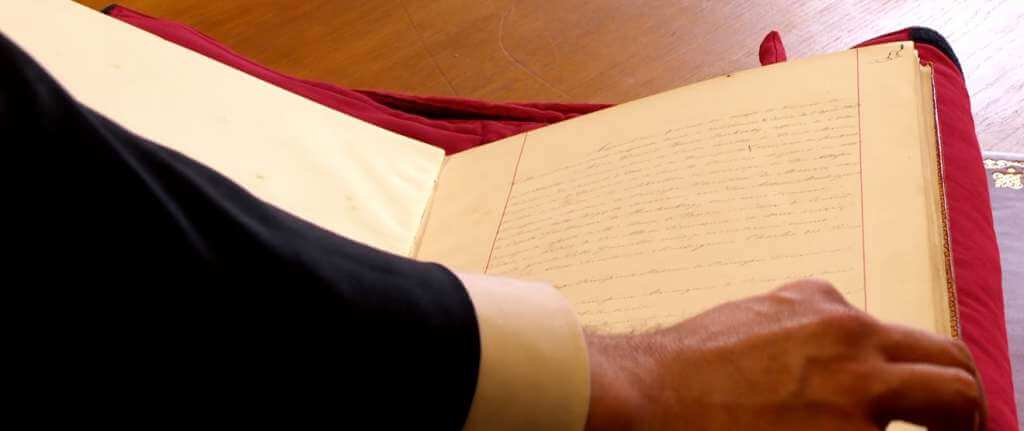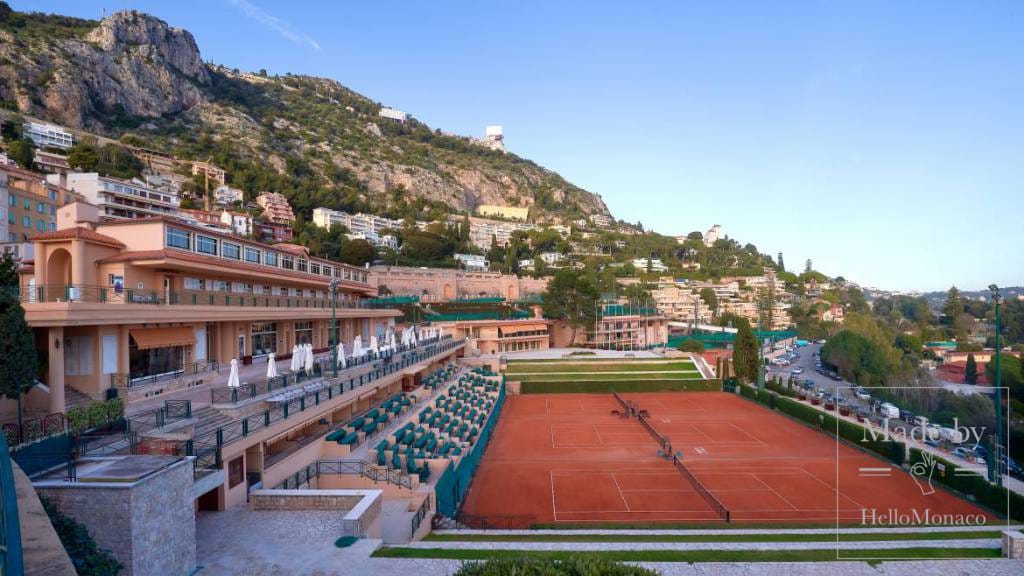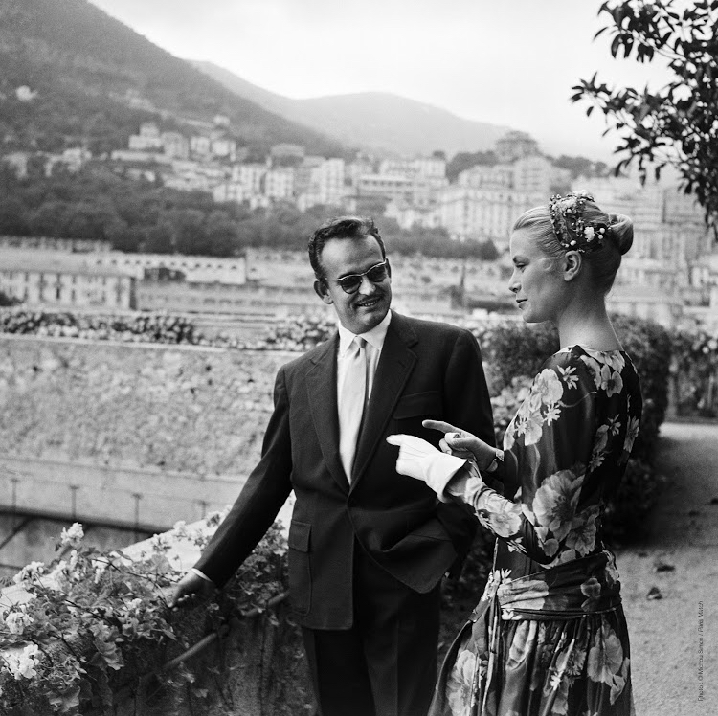It’s no secret that Monaco’s archives contain a whole bunch of books, manuscripts and other documents. There are thousands and thousands of pages telling us about the history of Monaco and its population. All of them are certainly of great value to historians. One of these documents is the Civil registry (le registre des actes de l’Etat Civil des Princes de Monaco).
What is interesting about it? The book contains all the important events related to the Monegasque people: from birth and marriage to divorce and sepultures. The earliest recorded event is dated back to 1546. Today, you can find records for the last hundred years online on the website of city hall.

Usually this kind of books was kept by priests recording christening dates, religious weddings and funerals. For historians this is a real source of information about the demographic situation in the Principality. For example, the date of the first plague epidemic is also mentioned in the registry.
Records about the Grimaldi dynasty appear in the registry along with civil status acts of all the inhabitants of Monaco. However, in the 1860s the princely family started to keep their own registry, separately from their subjects. Why?
In fact, the French Revolution, which affected Monaco, weakened the power of the monarchs. Members of the princely family lost all their possessions in France. Monaco became part of the department of Alpes-Maritmes and was known as Fort d’Hercule.
When Charles III ascended the throne in 1856, he needed to strengthen his power. The registry, intended only for the princely family, became one of the symbols of his policy, separating the Grimaldis from the rest of the population.
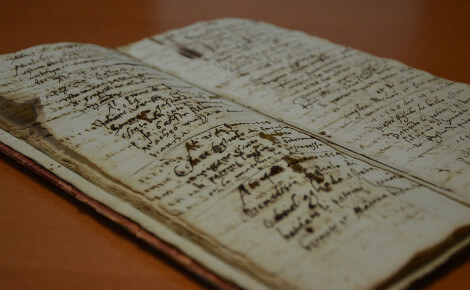
The occasion for creating a new registry came up in 1863 with the wedding of Charles’ sister Princess Florestine. She married Wilhelm, 1st Duke of Urach, and a younger brother of King Frederick I of Württemberg.
The page with the record contains several signatures of witnesses: the act was signed by the couple, the bride’s mother Caroline Gibert de Lametz, the Crown Prince Albert I, the reigning Prince Charles III, and members of the groom’s family.
The first registry ends with another joyful event: the wedding of Grace Kelly and Prince Rainier III. The second book, which is still used in the Palace, begins with the birth of Princess Caroline.
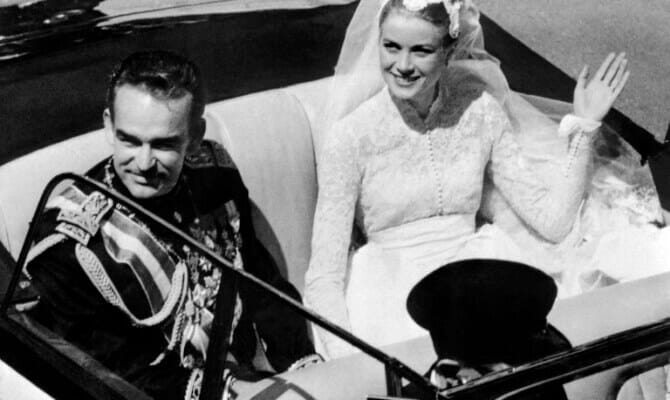
Another curious fact about Monaco’s traditions and laws can be found on the page related to the wedding of Princess Charlotte and Pierre de Polignac. It is interesting that, when the heiress of the Monegasque throne gets married, her future husband is obliged to take the Grimaldis name. So, Charlotte’s spouse signed the act of marriage as Pierre Grimaldi.
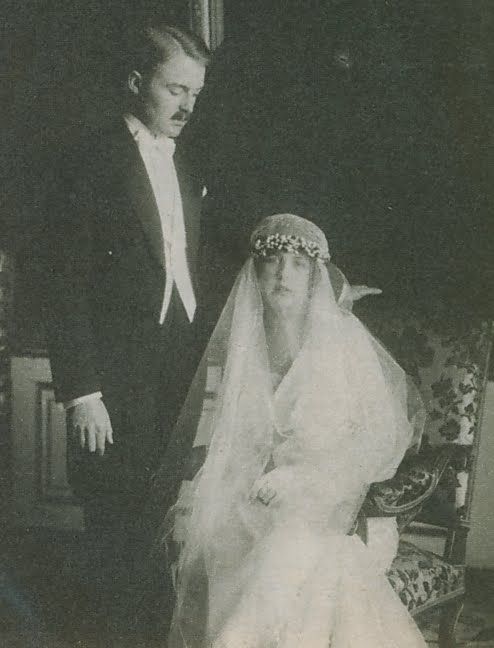
The registry also contains records of events that occurred outside of Monaco. For example, the book mentions the death of Princess Alice in Paris.
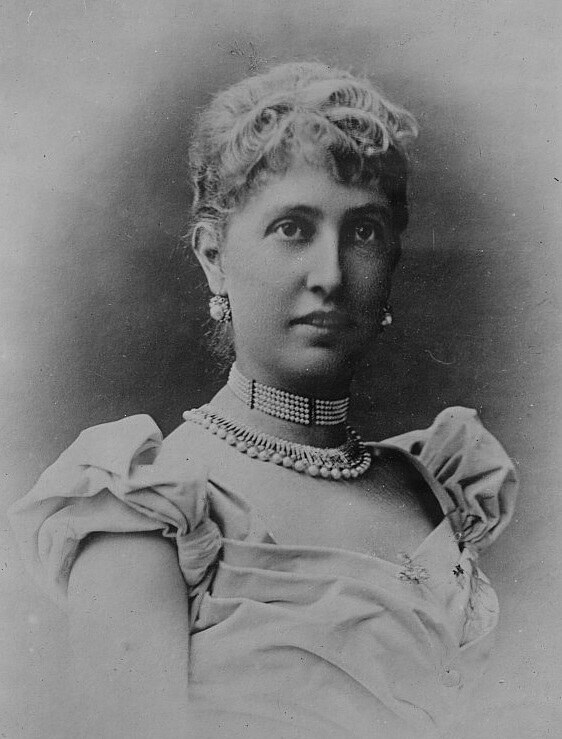
Today, the second registry remains in the Prince’s Palace. Among the latest records there are only happy events: the birth of the royal twins and Pierre Casiraghi’s son.



